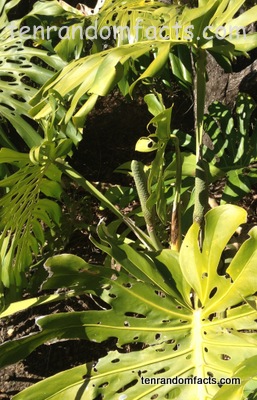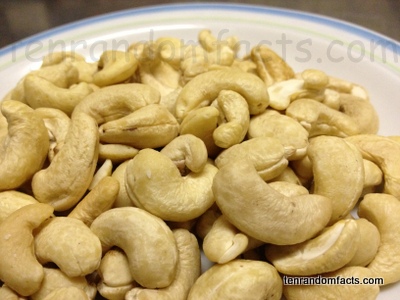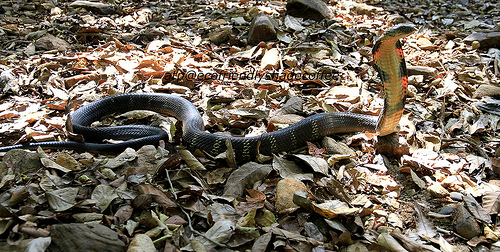
5… 4… 3… 2… 1…. Thunderbirds Are Go!
- Thunderbirds was a science fiction television series, that debuted in 1965 and ran until 1966 with 32 episodes produced over two series, running for 50 minutes per episode, which in some later reproductions became two 25-minute halves.
- Thunderbirds is about the International Rescue team, or Thunderbirds, who have high technology of aircraft and other rescue equipment and is set in the future, originally 2026, which changed to 2065.
- Thunderbirds was made in marionette puppet style, with some real life filming, with the puppets designed to be one third of a real person’s size and they had a lip sync mechanism which received electrical pulses to make the mouth move with the voice.
- The main characters of Thunderbirds are the Tracy Brothers and their father Jeff Tracy, as well as Brains and Lady Penelope with her butler, Parker.
- Thunderbirds was made in the United Kingdom and authorized by ITC Entertainment and produced by AP Films, who were experienced in the area of marionette puppetry.
- The idea for Thunderbirds came from the 1963 mining disaster in Germany, when miraculously nearly half of the trapped crew were saved.
- The voices of Thunderbirds came from many nationalities, including American, Canadian, Australian and British actors and actresses.
- Many materials were used for the special effects such as explosions in Thunderbirds, including petrol and fueled rocket canisters.
- Thunderbirds is known for the rescue crafts Thunderbirds 1, 2, 3, 4 and 5, which range from a large jet to a space station.
- Three films have been adapted from the main series, ‘Thunderbirds Are Go! (1966)’, ‘Thunderbird 6’ (1968) and ‘Thunderbirds’, the most recent film released in 2004.






















